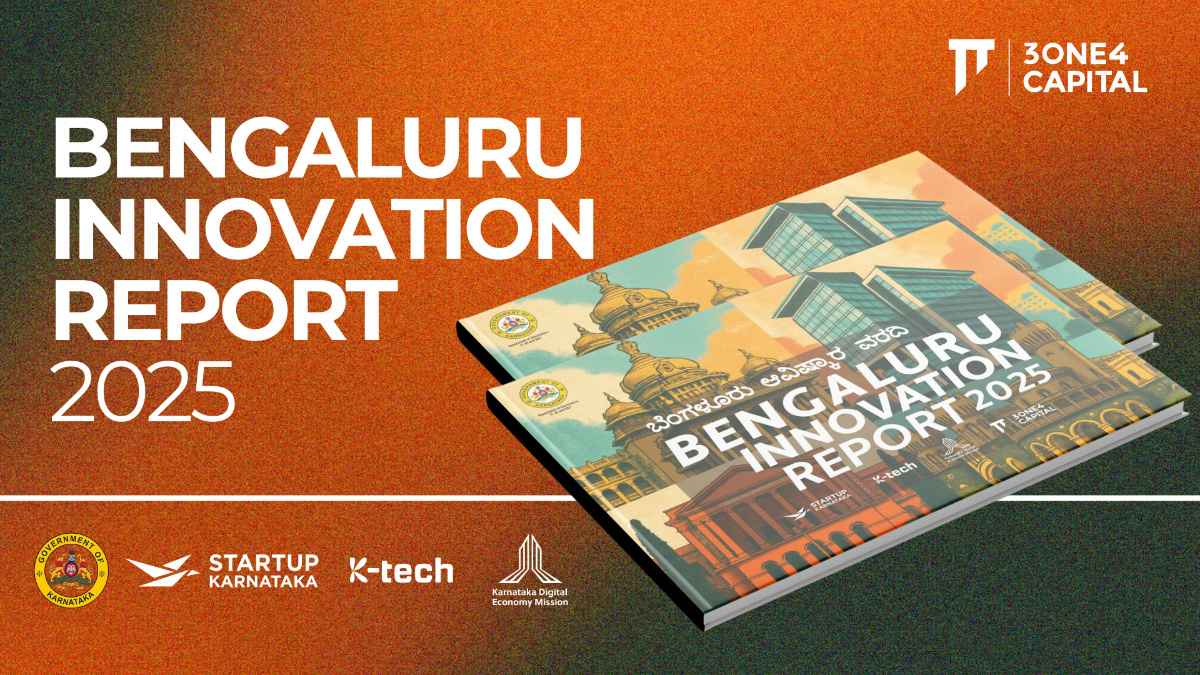
From Software-as-a-Service to Service-as-Software: Rethinking SaaS in the AI Era
The software industry stands at a pivotal moment. While the SaaS model has dominated the last decade with its promise of predictable revenue and near-zero marginal costs, the emergence of AI is fundamentally challenging these assumptions. Customer expectations, challenges with demand gen, efficiency expectations from markets/investors, and the emergence of a new cohort of competitors make this a difficult market to build in. As we explored in our previous analysis, this shift brings both significant challenges and unprecedented opportunities.
The Shaky Foundations of Traditional SaaS
The traditional SaaS model was built on several key premises: predictable revenue through subscriptions, high gross margins due to minimal marginal costs, and pricing based on access (typically through seat licenses). However, these foundational assumptions are being tested in multiple ways.
First, the introduction of AI capabilities brings significant marginal costs into the equation. Generative AI is compute bound. This represents a dramatic shift from the traditional SaaS gross margins of 80% or higher.
Dave Kellogg aptly describes this evolution: "We're moving from the movie business model (invest millions to create a product you can distribute for free) to something more akin to manufacturing, where we need to care about COGS" (source). This fundamental shift requires a complete rethinking of how we build, position, and price software products.

The Cost Curve Is Bending
There's plenty of reason for optimism. Model improvements were considered to be asymptotic for a while, with MMLU rankings, etc. starting to taper off with new frontier models. Recent evidence (see LLMSys analysis by Tom Tunguz) suggests that AI model performance is improving rapidly across all size categories, with special improvements in the medium and small size model segments. There’s an especially distinct upturn in frontier models with newly announced reasoning and multimodal capabilities.
We’re on a path to intelligence that will (eventually) be "too cheap to meter" as Sam Altman said. The small model capabilities and the focus on structured output are major breakthroughs that will power new product creation. This cost reduction will also help address the margin challenges currently facing AI-powered software companies.
The Rise of Service-as-Software
In this context, Brian Halligan of HubSpot has populairsed a compelling new paradigm: Service-as-Software. This concept represents a fundamental shift from selling software access to delivering complete service outcomes through software. We wrote about this earlier, and a number of other takes on this trend have talked about this as well. Software companies turn labor into software. That means the addressable market is not the software market, but the services market measured in the trillions of dollars. While the cost of delivering AI powered software is much greater, there are massive new revenue opportunities to address that more than make up for the additional overheads.
This shift has major implications for how we measure and value software businesses. Traditional metrics like ARR (Annual Recurring Revenue) may no longer capture the true nature of these businesses. As OnlyCFO recently pointed out, "ARR has been the North Star metric for cloud companies for the past decade... But in a world of intense competition, AI, and other changes in SaaS...is 'ARR' losing its meaning?"
New Metrics for a New Era
The complexity of SaaS accounting in the AI era requires new approaches to financial modeling and metrics. Some key considerations include:
- Reoccurring vs. Recurring Revenue: Understanding the distinction between contractually guaranteed recurring revenue and reoccurring revenue that happens regularly but isn't guaranteed. (h/t CJ from Mostly Metrics)
- Margin-Adjusted Metrics: Traditional metrics need to be adjusted for the new cost structures. As Kellogg suggests, we should start looking at "margin dollars" rather than pure revenue numbers since every software enterprise will have a different cost structure.
- Outcome-Based Measurements: With services being delivered through software, metrics need to capture the value and efficiency of service delivery, not just software access.
These changes present significant challenges to the traditional SaaS model, but they also open up enormous opportunities. The total addressable market expands dramatically when software companies can target the entire services market rather than just the software market.
Success in this new era will require:
- Sophisticated pricing models that align with value delivery
- New operational frameworks that account for variable costs
- Updated metrics that better reflect the nature of AI-powered businesses
- Fresh approaches to customer success and service delivery
Conclusion
The evolution from Software-as-a-Service to Service-as-Software represents more than just a shift in terminology; it's a fundamental reimagining of what software companies can be. While this transition brings significant challenges, particularly around margins and metrics, it also opens up trillion-dollar opportunities in the broader services market.
For software companies willing to adapt their business models and metrics to this new reality, the potential rewards are immense. The key will be finding the right balance between leveraging AI capabilities and maintaining sustainable economics while delivering measurable value to customers.





.webp)









